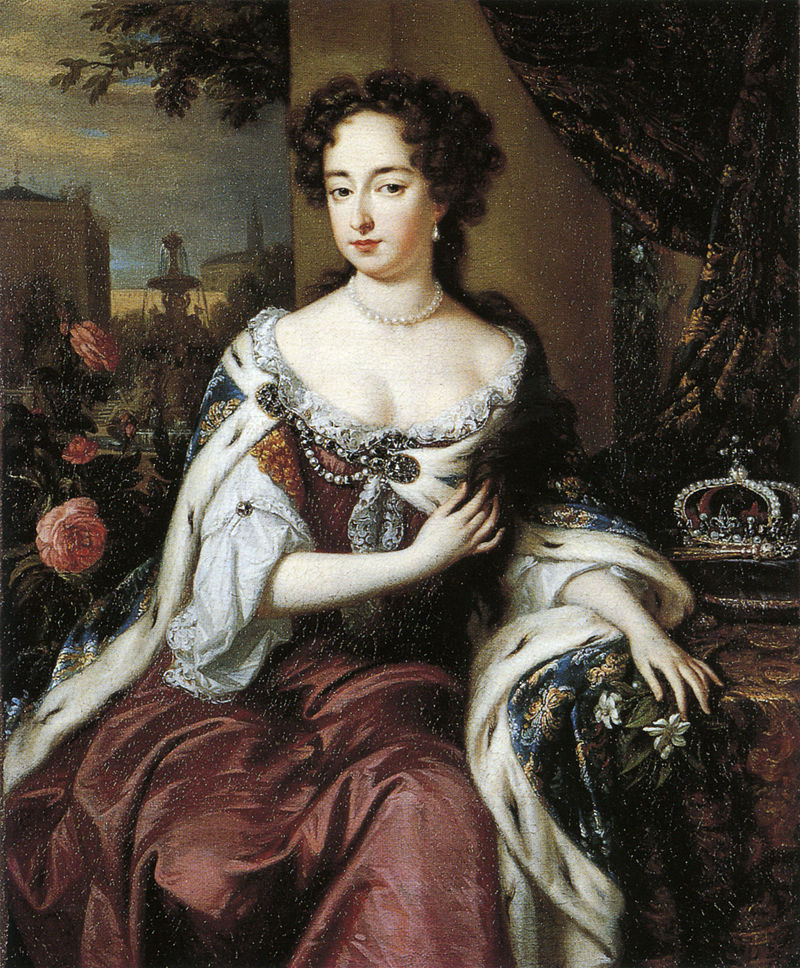King Louis XIII of France was a weak and sickly king, who left most of the ruling to be done by his chief minister, Cardinal Richelieu. Richelieu’s main aims were to centralize power, and to weaken the Hapsburg family that ruled in Spain, the Holy Roman Empire, Italy, The Netherlands and more. While he was a Catholic Cardinal, he put France first and was willing to favor Protestants over Catholics if it meant getting France what it wanted. He took power away from the previously feudal lords and ordered fortified castles razed excepting those on the border. He generally favored religious toleration, though when the Huguenot city of La Rochelle began to operate as a separate entity, he besieged the city and conquered it, though was much more lenient with the rebels than was usual for the time.

Since the defeat of the Spanish Armada by the English in 1588, and the death of King Phillip II in 1598, Spain had been on the decline due to multiple factors. The first was plaques. The populations of Aragon and Castile from 1590 to 1700 dropped from ten-million people to six-million people. Another factor was that Spain did not have a free economy. The Spanish government handed monopolies to people they favored, and inhibited trade. The amount of precious metals from the new world slowed as the mines emptied, which ended the semi-artificial prosperity that Spain had in the 16th century. Perhaps the worst thing was that under Phillip III, the entire Morisco (former Muslims) population of Valencia, was displaced and forced to go to Islamic countries such as Morocco. Many were robbed and killed along the way, and when they got to the Islamic countries they were killed, because they had said they were Christians. Over the following decades Moriscos from all over Spain were forced to leave, which created an obvious economic downturn by getting rid of four-hundred-thousand hard working people. The enormous spending by Kings Phillip III and Phillip IV on wars and luxury eventually forced Spain to withdraw from foreign involvement because they simply did not have the money or resources to do so.
In the 17th century the idea of constitutionalism was beginning to take root. Constitutionalism is the idea that something, whether it be tradition, parliament, a document or anything else limits the power of the government. One of the key thinkers in constitutionalism was Juan De Mariana, a Spanish Jesuit, whose main work was “De Rege” (On Kingship). In this work he states that the power lies in the people and that people can and should overthrow monarchs who abuse their power. He also said that it was in the power of the people to veto laws, determine taxation, and determine the succession if the king has no heir. He was firmly against absolutism, calling absolutist kings tyrants who want to injure and ruin everybody. The Spanish government was not pleased with this work, but it was when Mariana published a work against inflation that the king hauled off the seventy-seven year old to jail. He was released a few months later, but the Spanish government so hated this anti inflation work, that they bought every copy to prevent circulation and destroyed so many, that there are only a few in existence today.



